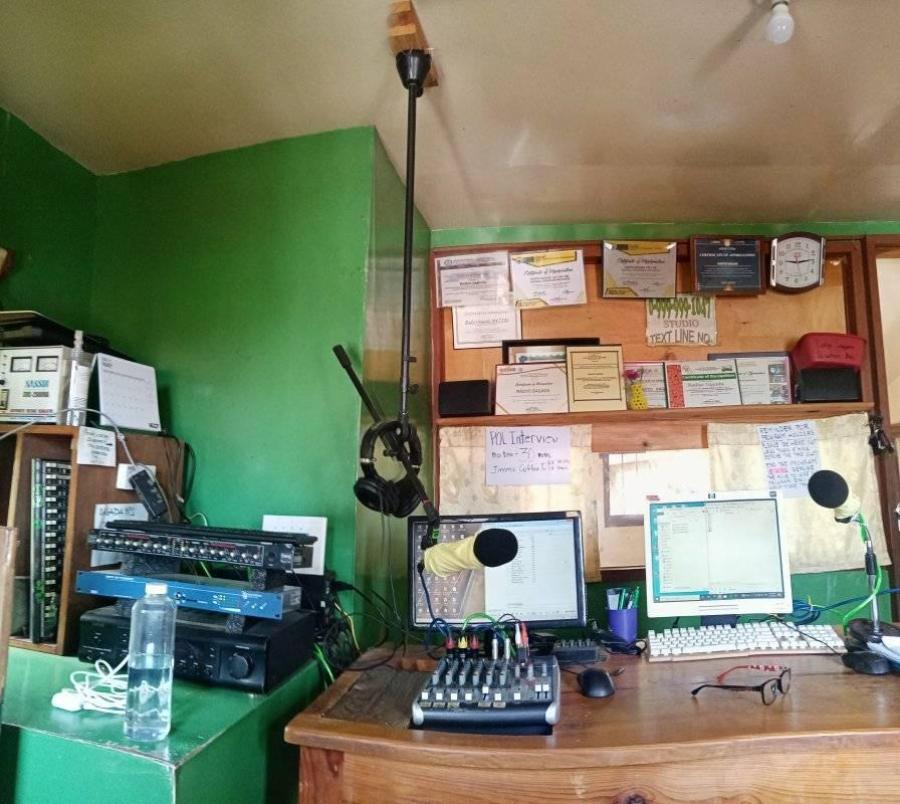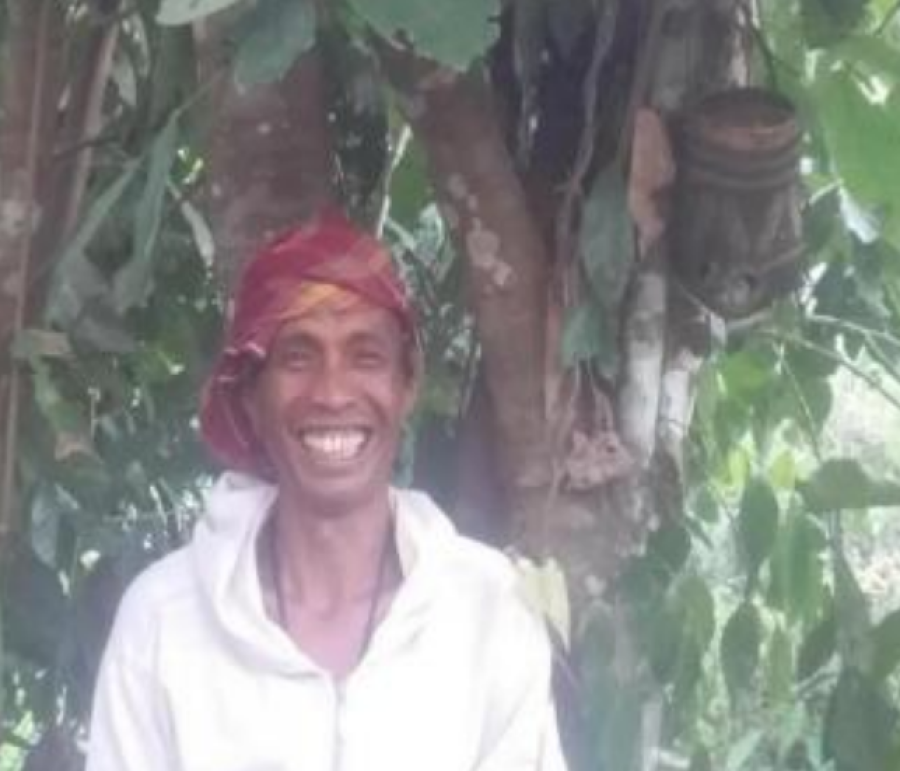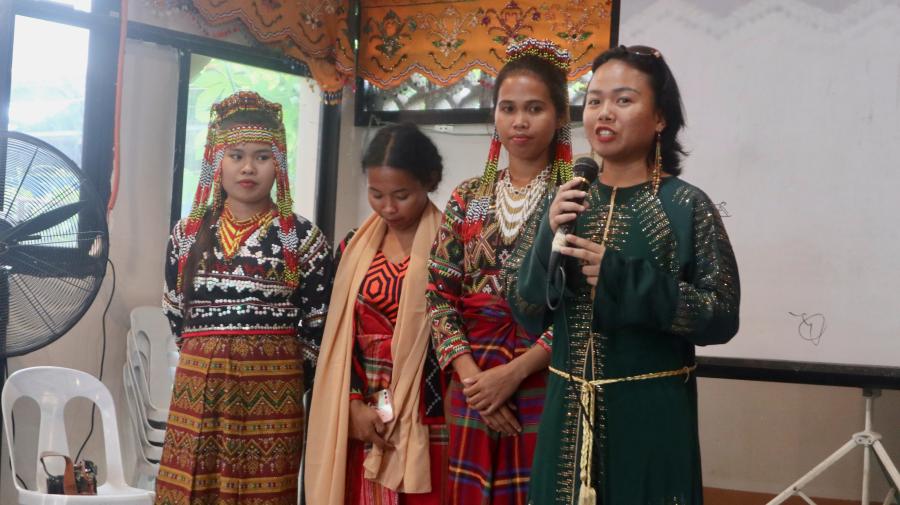When indigenous peoples came together in Manila, Philippines, in December 2000 for the International Conference on Conflict Resolution, Peace Building, Sustainable Development, and Indigenous Peoples, they wanted to create a concrete response to a peace-building initiative called for by Maya activist Rigorberta Menchu years before. According to the Manila Declaration, an Independent International Commission of Indigenous Peoples for Mediation and Conflict Resolution would document cases of indigenous peoples in conflict situations and research indigenous methods of conflict resolution.
“It is an imperative … that indigenous peoples define their own research agenda and undertake studies which they can use to strengthen their initiatives to bring about peace, resolve and transform conflicts, and bring about sustainable development,” the declaration says.
Uwa delegates at the Manila conference asked that the commission’s first project be a fact-finding mission to their home country of Colombia, where indigenous peoples have been trapped in the crossfire of a nearly 40-year civil war. It was during the preparation for this mission that the commission recognized how important an indigenous-driven approach would be.
“We realized that many missions have already been to Colombia, but so far we don’t know if they have even been helpful to indigenous peoples,” said Victoria Tauli-Corpuz, director of the indigenous rights non-governmental organization Tebtebba Foundation, which is driving the research surrounding conflict resolution in indigenous lands. “We have decided we should go slowly and be more conscious by learning lessons from past experiences, so our work will be more effective and useful for the people.”
To collect these lessons, Tebtebba has hired an indigenous woman who heads a local organization in Colombia and is a chief in her community. When she has free time from her duties at home she travels the country meeting with indigenous groups. She asks indigenous communities what types of interventions would suit them best, and works to bring together peoples with diverse lifestyles and perspectives but similar human rights interests. In a conflict as volatile as Colombia’s, her task is dangerous. Her driver was recently killed by paramilitaries, Tauli-Corpuz said, presumably as a warning for her to stop her consultations.
“It’s a very high risk kind of work,” Tauli-Corpuz said. “It involves speaking out not just against the government but also armed groups and corporations.”
The incident highlights one major shortcoming of the research methods usually employed by human rights organizations. Tauli-Corpuz said she has seen similar scenarios in the Philippines, when fact-finding missions have exposed the military’s and other power holders’ human rights crimes. When the investigators left the country, the local people who spoke out were unprotected and vulnerable to retaliation. A process that was supposed to bring peace to war-torn communities further jeopardized their security.
Building protections for these communities has become a part of the commission’s preparatory work. By bringing indigenous communities together early in the process to discuss their priorities, Tebtebba hopes to build their capacities to organize and become their own spokespersons. While Colombia’s indigenous peoples, with the help of the commission’s consultations, still need to become more organized in order to support a fact-finding mission, a group of women’s organizations in northeastern India may be closer to welcoming the commission to their region, where indigenous peoples and the Indian government have clashed for decades over control of land. With funding from Denmark and the Danish International Development Agency, indigenous women’s organizations have already begun documenting violence against women there, and hope to present a report to the U.N. Rapporteur on Violence Against Women.
“They have said they would like to have a fact-finding mission there, and if the group is more prepared than those in Colombia, we may go ahead and send one,” Tauli-Corpuz said. “What is most important when undertaking a fact-finding mission is that there is a group of local people already established that can do the preparation work and work with the communities throughout the process.”
Involving local peoples from the beginning also serves as a reminder that indigenous cultures have much to contribute to conflict resolution efforts. During the consultations in Colombia, indigenous communities are asked to share the techniques they have used to survive for nearly four decades in the midst of conflict.
“In the Philippines indigenous communities send its members into conflicts to see what is happening,” Tauli-Corpuz said. “Indigenous peoples already have methods of conflict resolution, so this is internationalizing it.”



